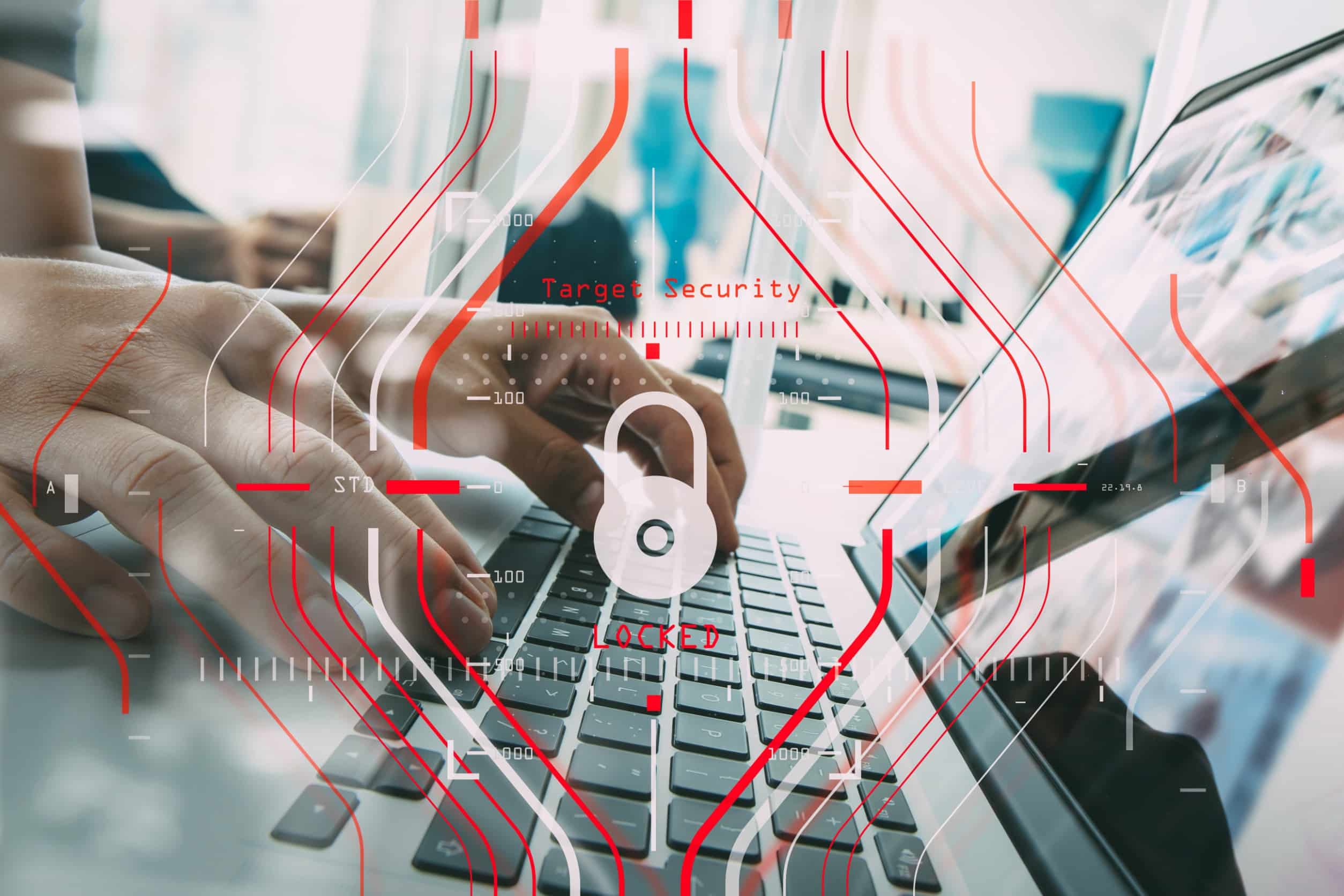
In recent years, the rise of remote work has revolutionized the way we work and collaborate. While remote work offers numerous benefits, such as increased flexibility and lower overhead costs, it also presents a unique set of challenges - particularly in the realm of cybersecurity. As more and more companies transition to remote work environments, the need to address cybersecurity concerns becomes increasingly critical.
The Rise of Remote Work
The COVID-19 pandemic served as a catalyst for the widespread adoption of remote work practices. Overnight, companies had to adapt to remote work models to ensure business continuity. While many initially viewed remote work as a temporary solution, it has since become a permanent fixture in the modern work landscape.
Cybersecurity Risks in Remote Work Environments
One of the primary challenges of remote work is the heightened risk of cybersecurity threats. When employees work from home or other remote locations, they often rely on personal devices and unsecured networks to access company data. This creates vulnerabilities that malicious actors can exploit to gain unauthorized access to sensitive information.
Phishing attacks, malware infections, and unauthorized access to company networks are just a few of the cybersecurity risks that remote workers may face. Additionally, the lack of oversight and control in remote work environments can make it more difficult for organizations to detect and respond to security incidents in a timely manner.
Best Practices for Securing Remote Work Environments
To mitigate the cybersecurity risks associated with remote work, organizations must implement robust security measures and educate employees about best practices. Some key strategies include:
Implementing Multi-Factor Authentication (MFA): MFA adds an extra layer of security by requiring users to provide multiple forms of verification to access company systems and data.
Using Virtual Private Networks (VPNs): VPNs encrypt network traffic, ensuring secure communication between remote workers and company servers.
Providing Security Awareness Training: Educating employees about common cybersecurity threats and how to identify them can help prevent security incidents.
Regularly Updating Software and Security Patches: Keeping all devices and software up to date helps protect against known vulnerabilities.
Enforcing Strong Password Policies: Requiring employees to use complex passwords and change them regularly can help improve overall security.
Conclusion
As remote work continues to gain traction, it is imperative for organizations to prioritize cybersecurity in remote work environments. By implementing strong security measures, educating employees about best practices, and staying vigilant against emerging threats, companies can effectively navigate the challenges of cybersecurity in remote work environments. Remember, cybersecurity is a shared responsibility that requires collaboration and proactive measures to safeguard sensitive data and protect against cyber threats.